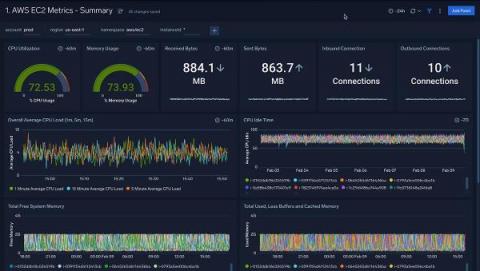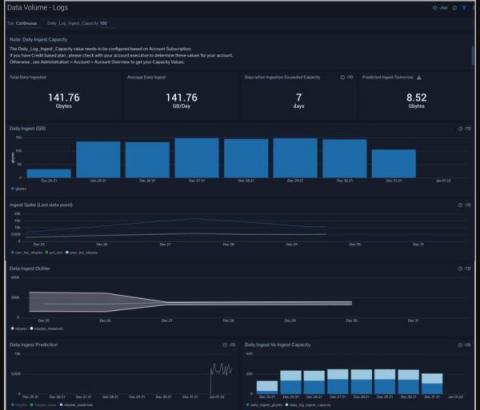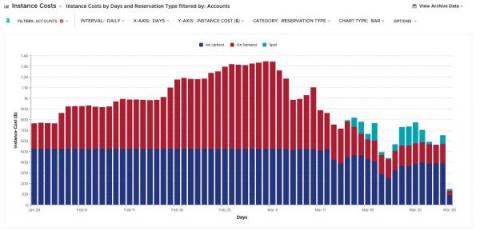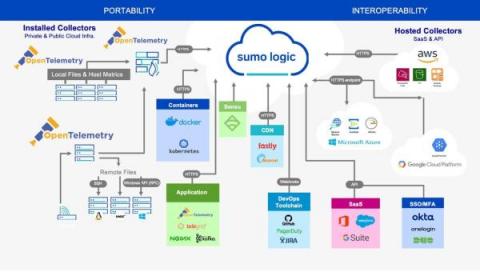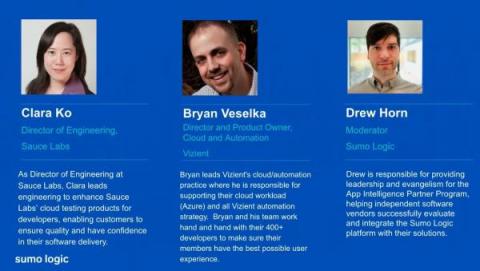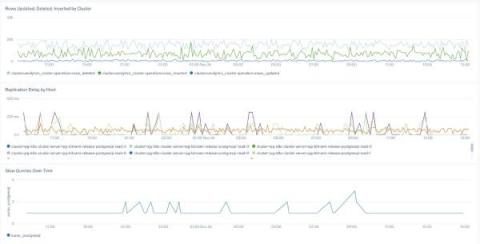How to monitor ActiveMQ logs and metrics
ActiveMQ is a message-oriented middleware, which means that it is a piece of software that handles messages across applications. It acts as a broker that can help facilitate asynchronous communication patterns like publish-subscribe and message queues. The main goal of those servers is to create a scalable and reliable message bus that different components can use to communicate with each other.




